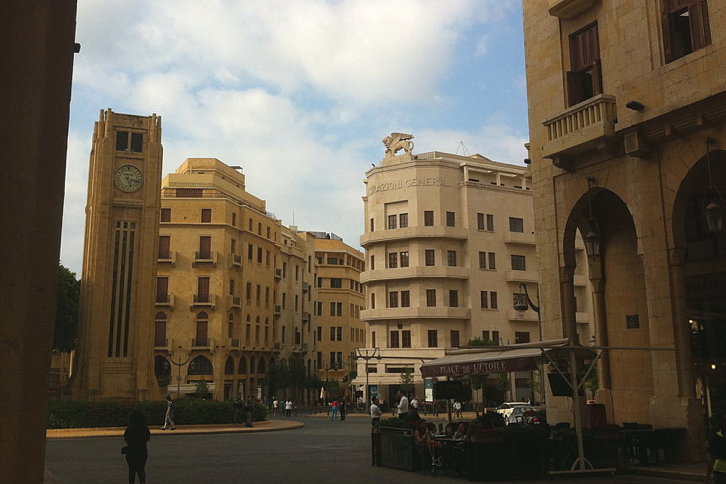Photos
About Andrew Cusack
 Writer, web designer, etc.; born in New York; educated in Argentina, Scotland, and South Africa; now based in London.
Writer, web designer, etc.; born in New York; educated in Argentina, Scotland, and South Africa; now based in London. read more
News
Blogs
Reviews & Periodicals
Arts & Design
World
France
Mitteleuropa
Knickerbockers
Argentina
The Levant
Africa
Cape of Good Hope
Netherlands
Scandinavia
Québec
India
Muscovy
Germany
Academica
Cambridge
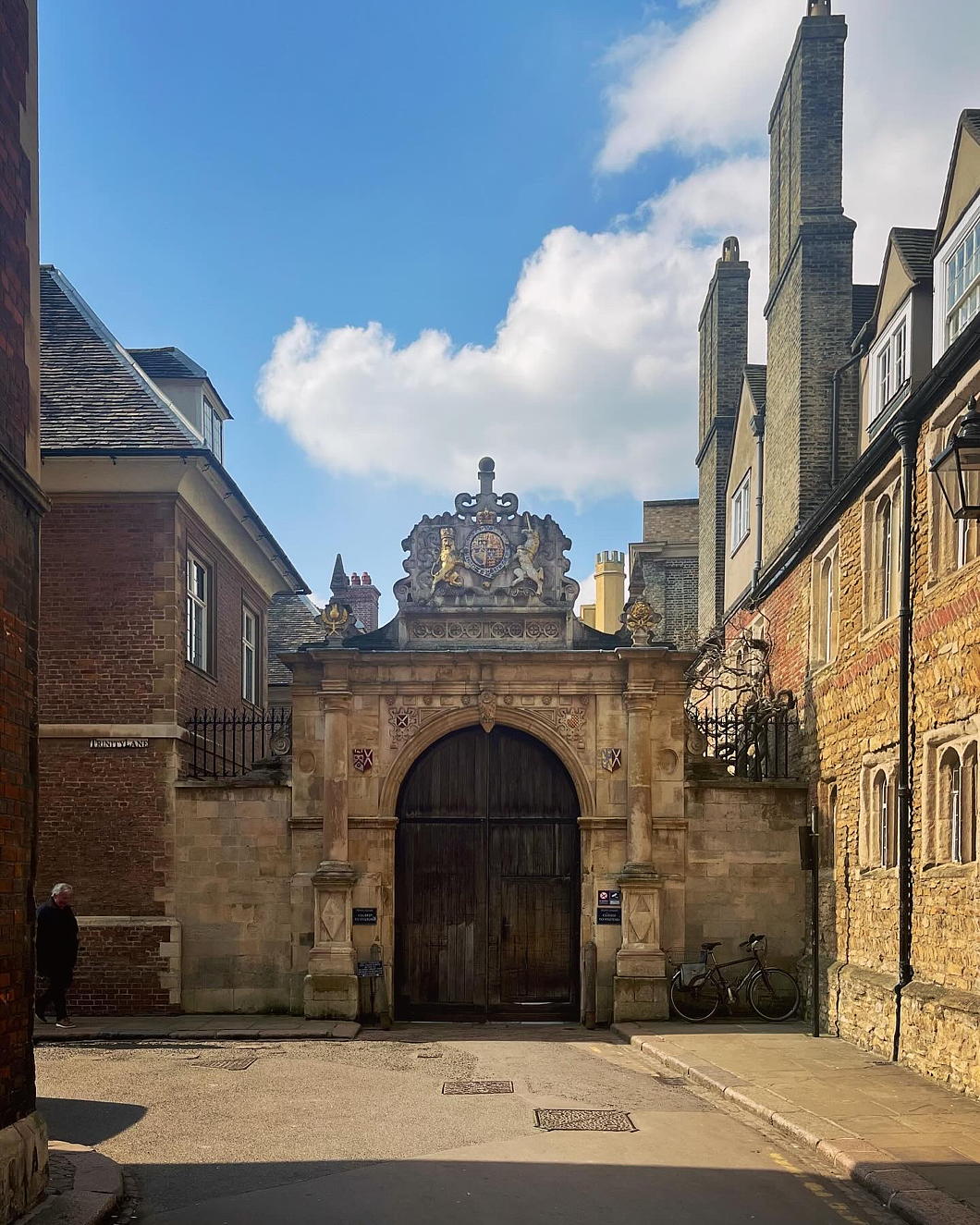
There’s a Dutch vibe to Cambridge that I rather like — but also a lingering Protestant Cromwellianism that I don’t. These two factors are not unconnected, and the highway that once was the North Sea is not so far away.
It is not a bad town. It’s like they took Oxford apart, put it back together again in not quite the same way, and added a lot of Regency infill. Oxford is more mediaeval, Georgian, and neo-mediaeval, whereas Cambridge is mediaeval, Tudor, and Regency.
The Cam is slower, quieter, and more peaceful than the Isis, which again gives it the quality of a Hollandic canal. I suspect the punting is better — or at least easier — here than at Oxford.
And of course it is rather more spacious than Oxford, which is hemmed in by geography in a way that Cambridge isn’t.
But it is also eerily quieter. A smart restaurant on a Thursday night was dead by half ten, and the staff refused our plaintive request for a second round of Tokay. (Protestantism.)
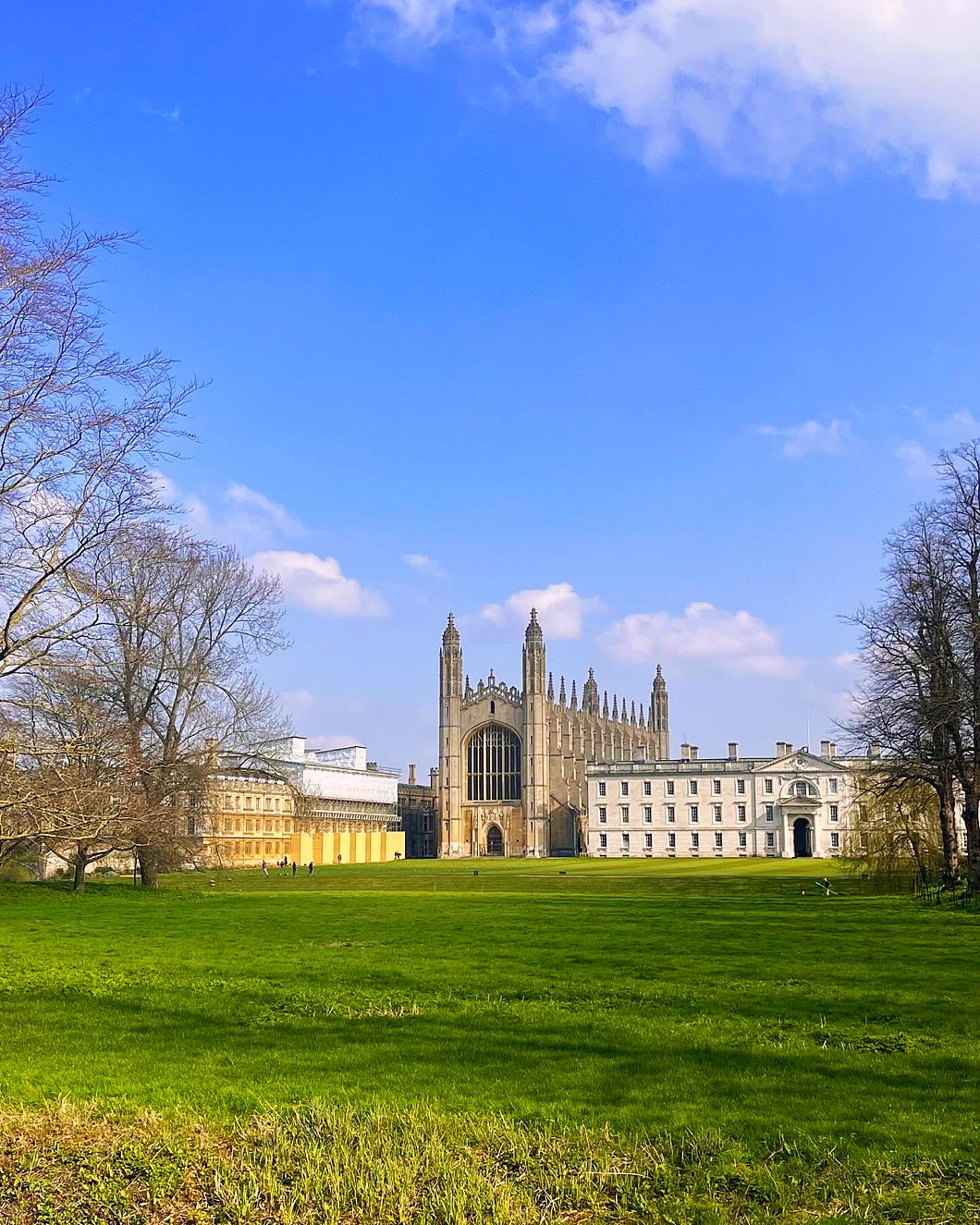
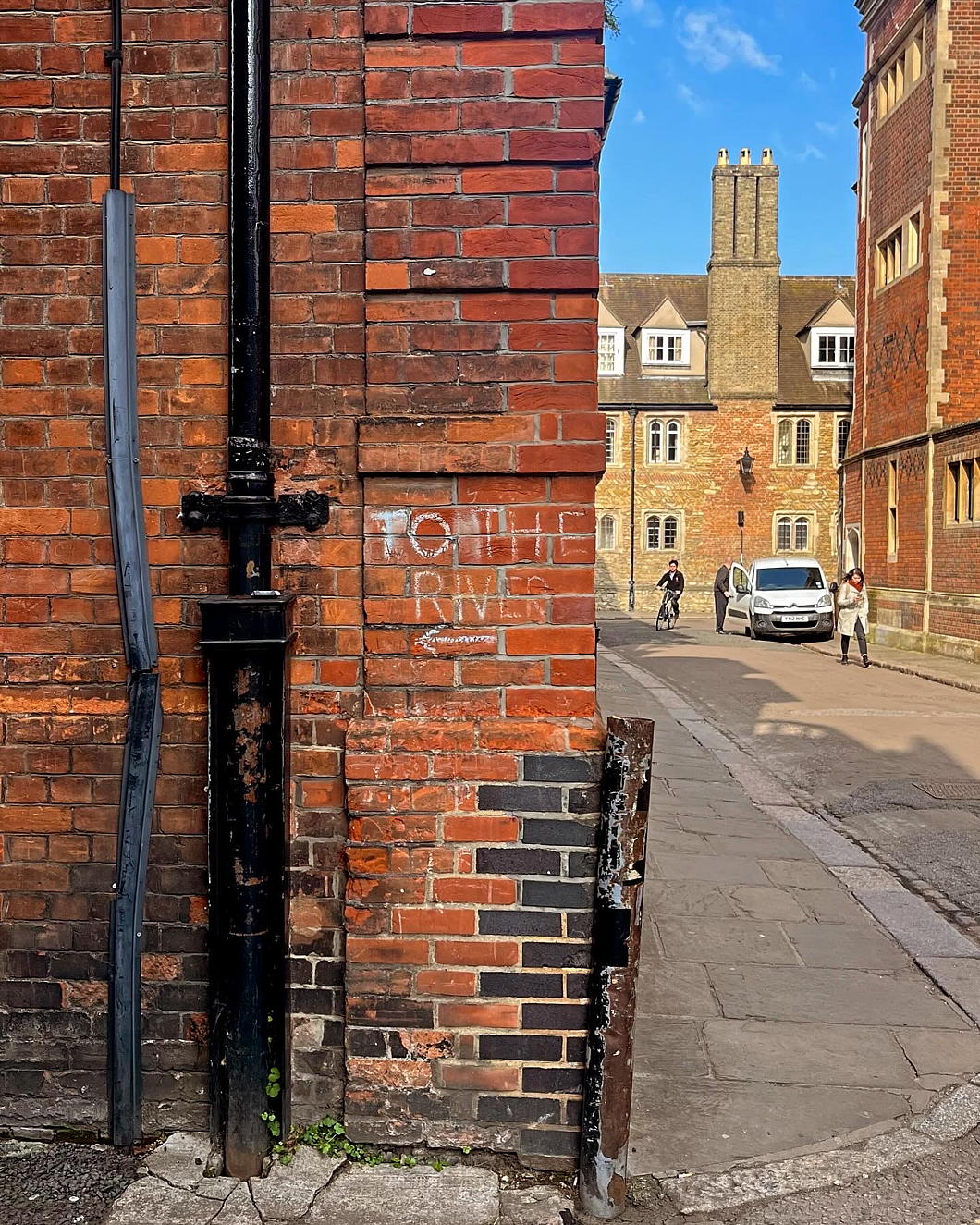
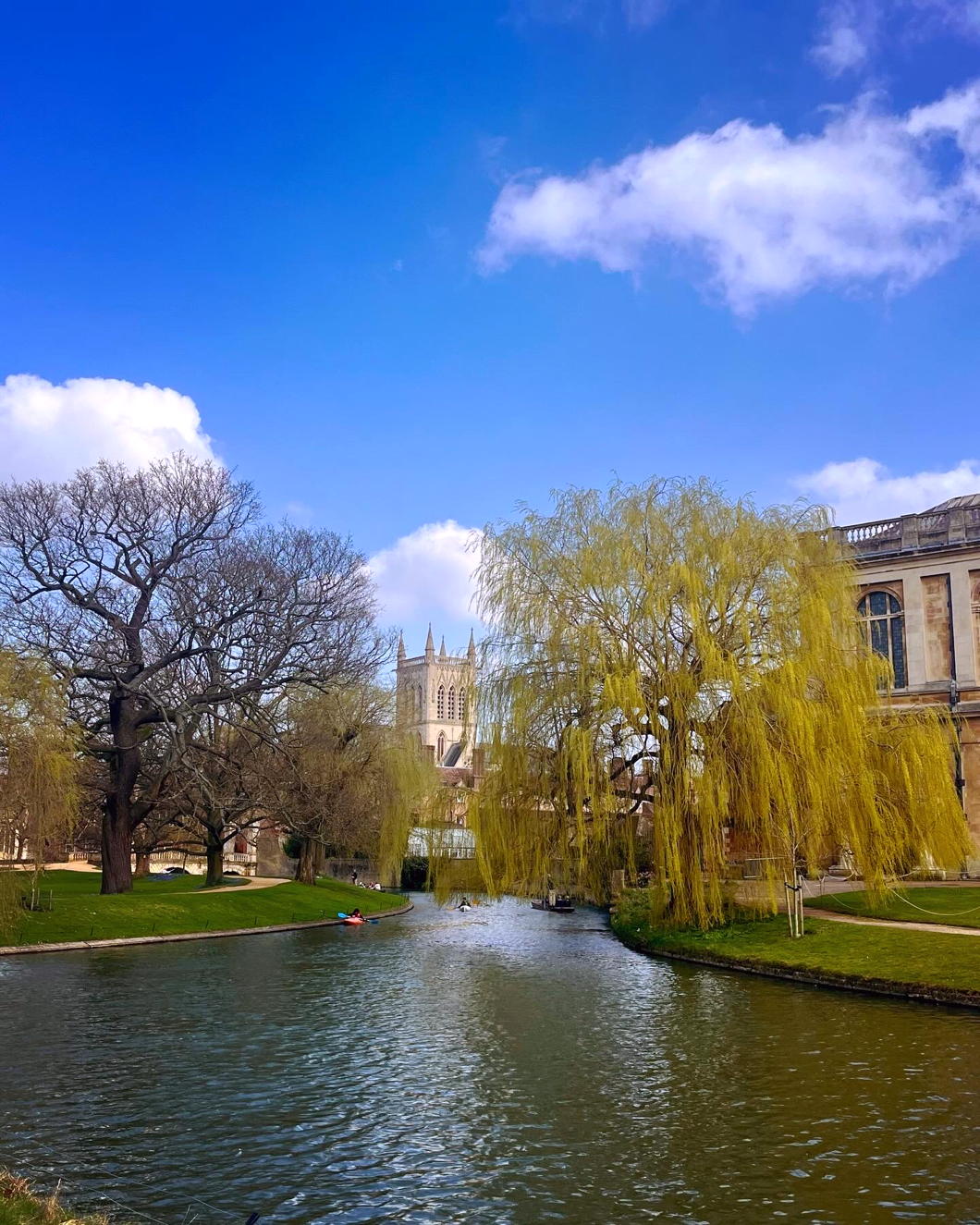
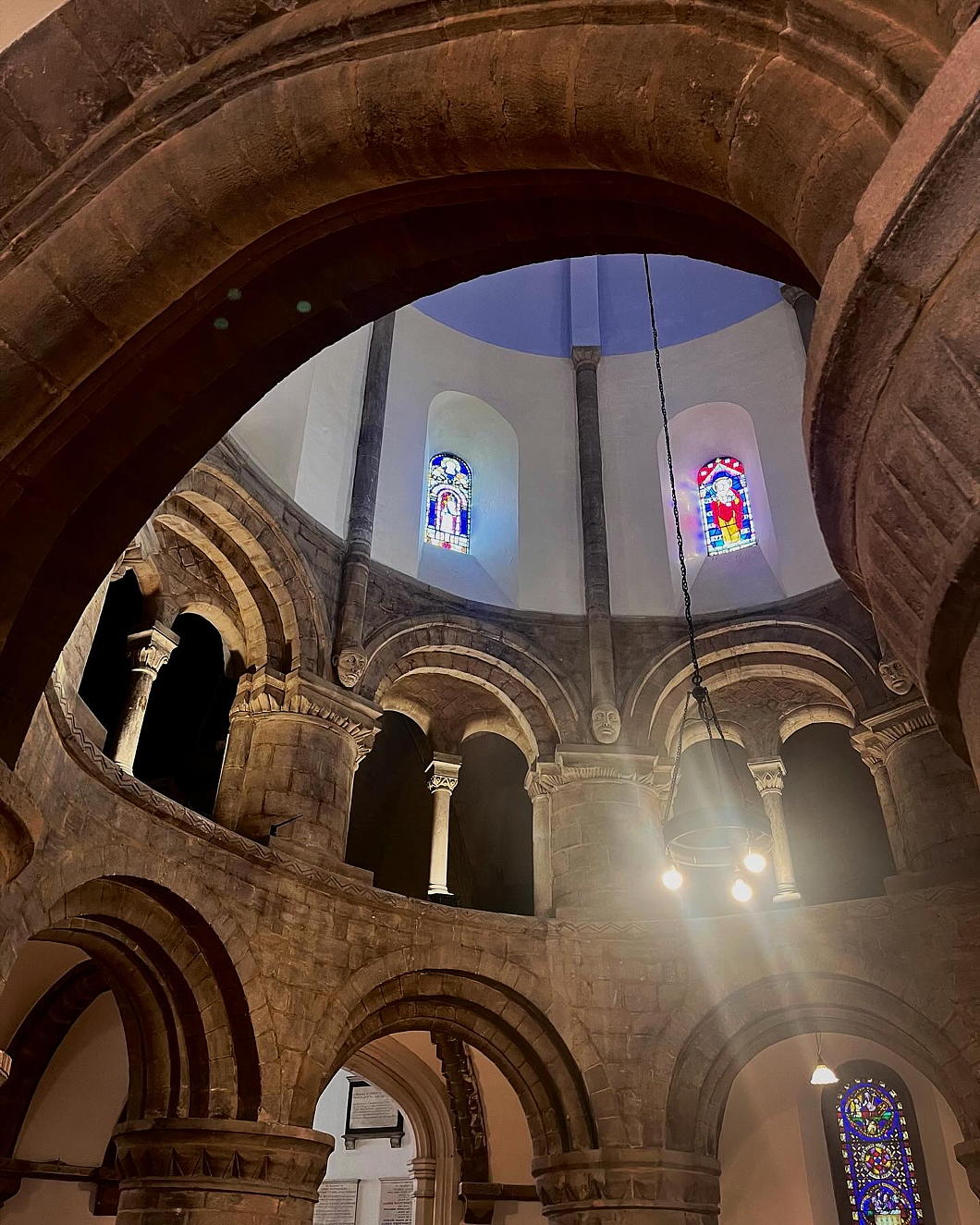
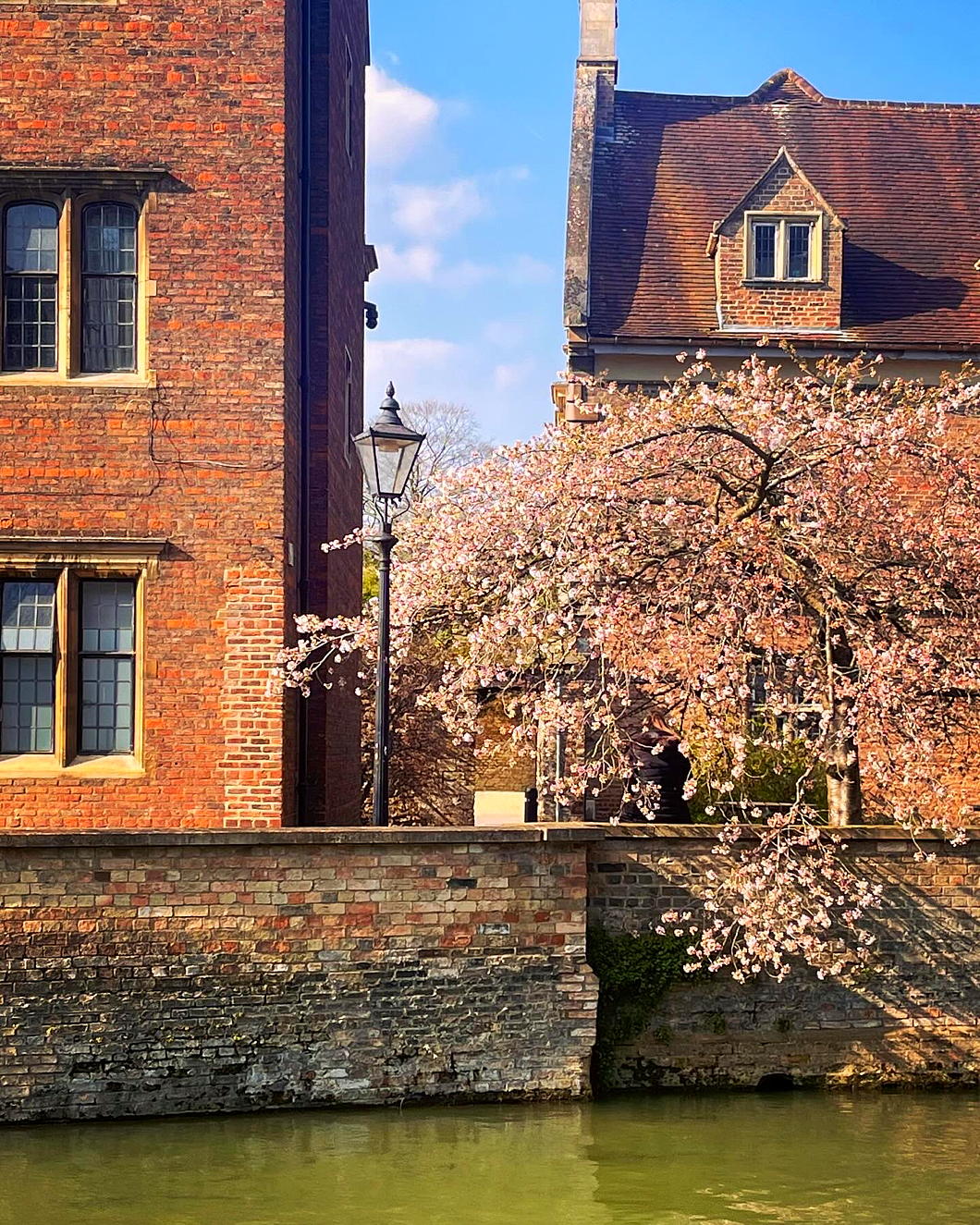
175 Years of St George’s Cathedral
ONE HUNDRED AND SEVENTY-FIVE years ago, at a time of great uncertainty in Europe, St George’s in Southwark was opened solemnly by Bishop Wiseman — writes the Cathedral Archivist Melanie Bunch. The ceremony was attended by thirteen other bishops in all their finery, of whom four were foreign. Hundreds of clergy of all ranks were in the procession and many of the Catholic aristocracy of England were present. The music was magnificent, the choir including professional singers.
Pugin’s neo-Gothic church was impressive but not finished, and it was not to be a cathedral for another four years. Dr Wiseman, who was both the chief celebrant and the preacher, was bishop of a titular see, as the Catholic dioceses of England and Wales did not yet exist. Nonetheless the opening marked a significant stage in the revival of the Catholic Church in this region. The spur had been the spiritual needs of the poor Irish who had long formed settled communities in parts of London and other cities. The plans for the church had been drawn up in 1839 – before the severity of the famine in Ireland, which began in 1845, could have been foreseen. Some had considered the size of the new church unnecessary, but it turned out to be providential, as immigration from Ireland to this locality and elsewhere was reaching a peak at this time.
The extraordinary turmoil in Europe that had started early in the year in Sicily could not be ignored. In February Louis-Philippe was dethroned in France. There was anxiety that revolution might cross the Channel. Pugin decided that he should obtain muskets to defend his church of St Augustine under construction in Ramsgate. Revolution spread to German and Italian states and countries under Austrian rule. For four days in late June, there was a brief and bloody civil uprising in Paris.
While Europe was ablaze, London was calm, and the opening went ahead. In his homily, Wiseman praised God for all his mercies to this country. From our perspective, we might have expected that he would have spoken about the dark days of persecution, or at least the struggles of the recent past to get such a large church built, constantly hampered by lack of funds. Rev. Dr Thomas Doyle, whom we honour as the founder of the Cathedral, was present and assisting at the Mass, but his courage, faith, and dogged persistence over many years were not acknowledged on this occasion.
We might remember that a Catholic event like this had not been witnessed in England since the Reformation, seemingly prompting Wiseman to take the opportunity to explain to the non-Catholics present that the ceremony and display of the Catholic Church came from a desire to show greater respect for God. To the foreign bishops he said that their presence proved the unity and diversity of the Church. At the end of his homily, Wiseman caused a sensation by reading out a letter from the Archbishop of Paris, Mgr Affre, regretting that he could not attend the opening. By then it was known that he had already died from wounds received on the barricades while he was trying to mediate with the rebels. Wiseman called him a martyr.
Among others who never saw the opening are some who served St George’s mission with Thomas Doyle at the earlier chapel in London Road. Three of them had died before their time, only a few years before, from diseases endemic among their flock. We remember them and all who have served the Cathedral with gratitude. At the time of the opening, St George’s was the largest Catholic church in London, and for the next fifty years was to be the centre of Catholic life in the metropolis. Much has changed since, including the rebuilding of the Cathedral, but we give thanks to Almighty God who continues to sustain it. (more…)
Sibiu/Hermannstadt
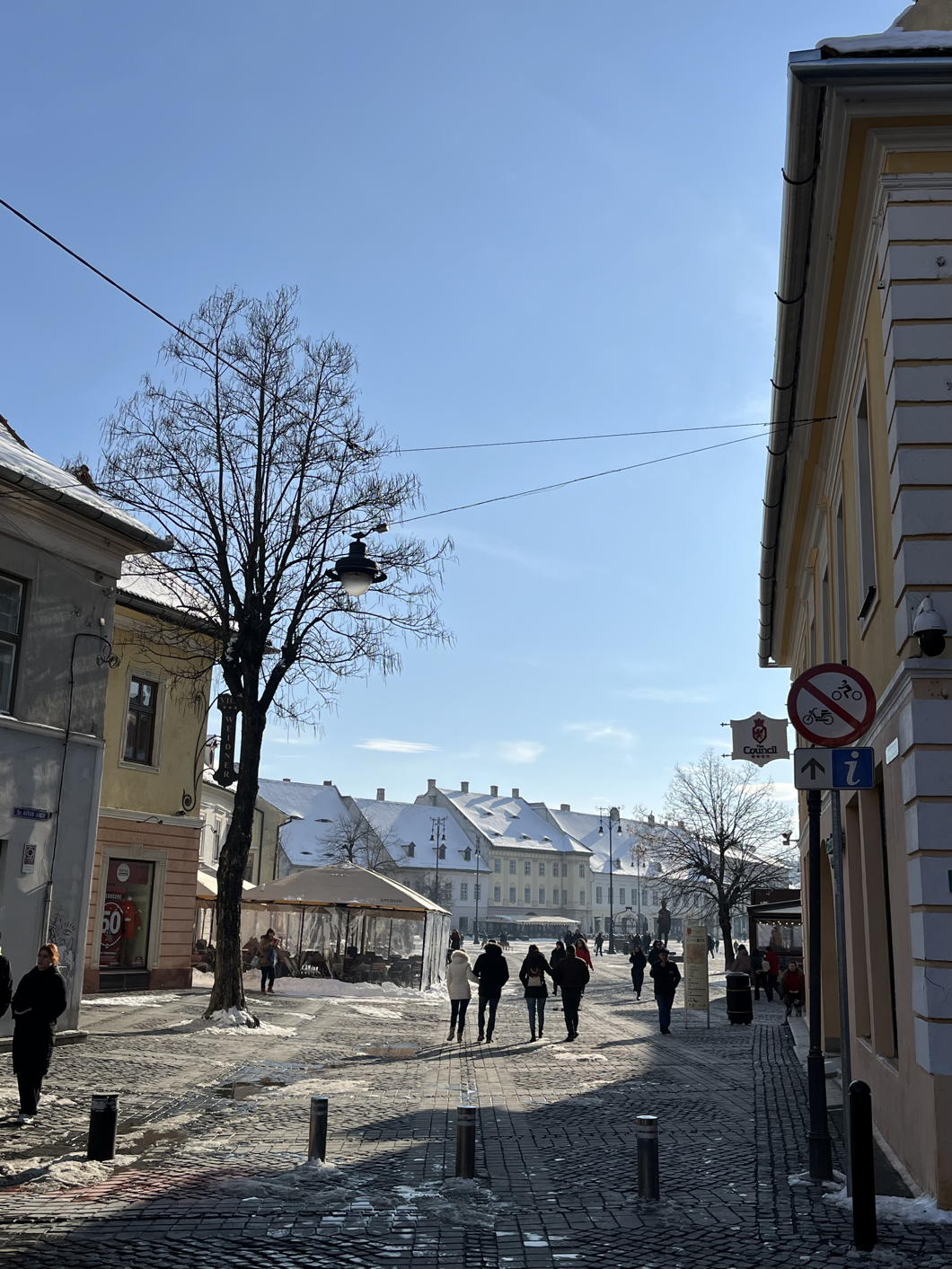
SIBIU’s name comes from a Bulgar-Turkic root word meaning “rejoice”, and having spent a few days in the city I can see why. It is handsome, clean, and clearly well looked after — perhaps well loved is the better term.
Unsurprisingly, the mayor partly responsible for this state of affairs was much vaunted for his efforts, to the extent that the Romanians elected him president of the entire country (and this despite him being an ethnic German).
As in all of Transylvania, there is a long history of mixture here, and while the past hundred years have seen a massive collapse in the Hungarian, German, and Jewish populations, many of them persevere all the same, sometimes even flourishing.
Hungarians are the largest and most visible minority in Transylvania — once the dominant people of this province of the Crown of St Stephen — but here in Sibiu they play second-fiddle to the Germans.
Arriving in the Church of the Holy Trinity in the great square for the Hungarian Mass on Sunday, the congregation at the Mass in German preceding it was still filtering away and clearly is the main event of the parish.
The Germans — or Saxons as they are often known — are today under two per cent of the city’s population but, as elsewhere, the Teutonic reputation for competence and efficiency means that a great many ethnic Romanians vote for the Germans’ party, the Democratic Forum of Germans in Romania.
When mayor Klaus Iohannis was elected to the Romanian presidency, he was succeeded as mayor by another member of the German community, the rather elegant Astrid Fodor.
But what of the ethnic Romanians that today make up ninety-five per cent of Sibiu’s townfolk? They are anything but ethnic chauvinists, and seem keen to preserve the traditions of the city and the province, and especially to highlight Sibiu’s distinctiveness. Those I had the pleasure of interacting with were effortlessly warm, courteous, and inviting. Their language is alluringly if mistakenly familiar.
Curiously, the Grand Duchy of Luxembourg maintains a consulate here in Sibiu / Hermannstadt with the ostensible excuse that the former German dialect of the town is a close relative of Luxemburgish. The connection bore fruit when Sibiu and Luxembourg City shared the honour of being European City of Culture in 2007.
It was around that time that Forbes magazine rated Sibiu as the seventh most idyllic place to live in Europe — ahead of Rome and just behind Budapest. While such ratings are always arbitrary, I can’t help but share their desire to praise this felicitous city. (more…)
Christmas Tree
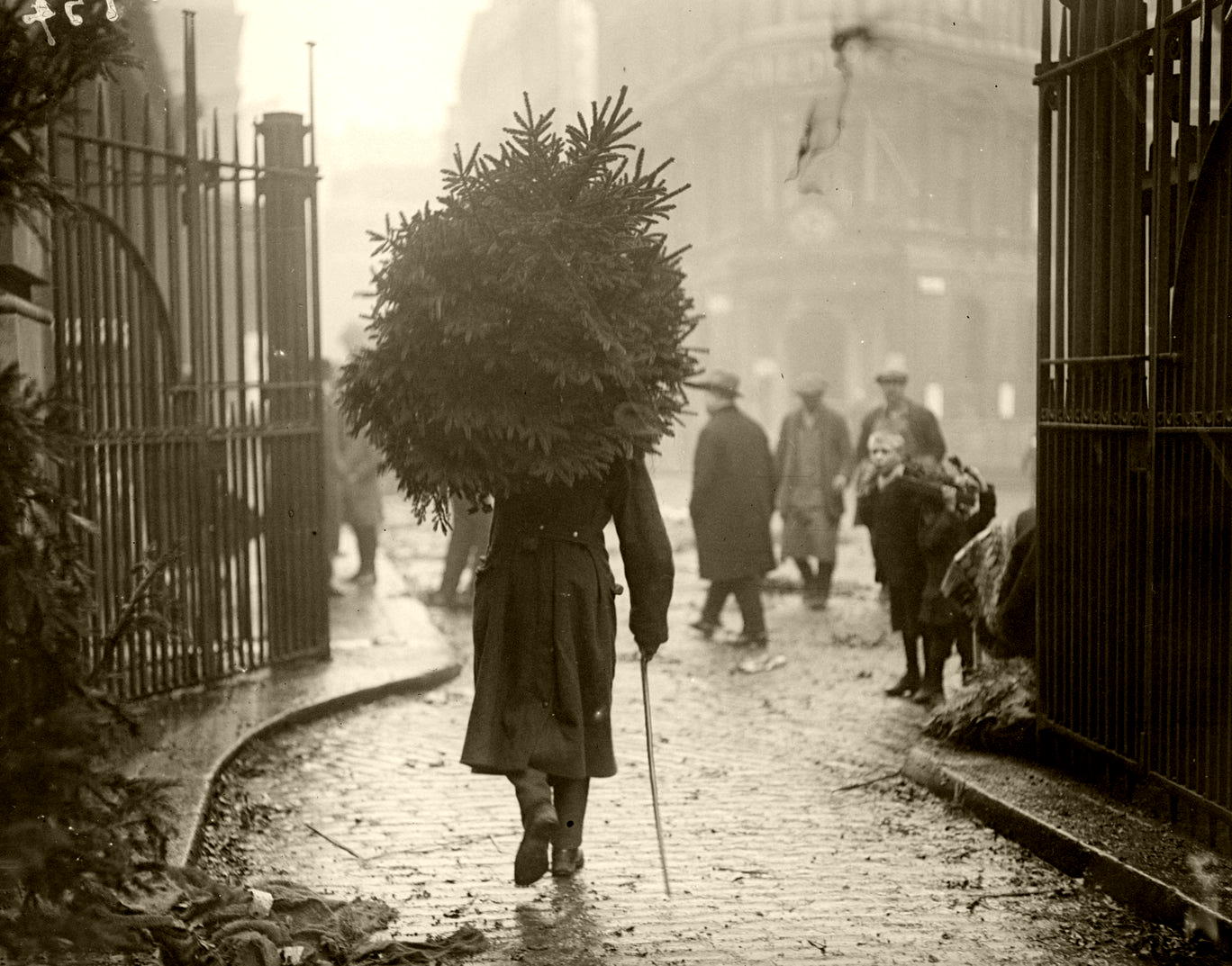
Lisbon
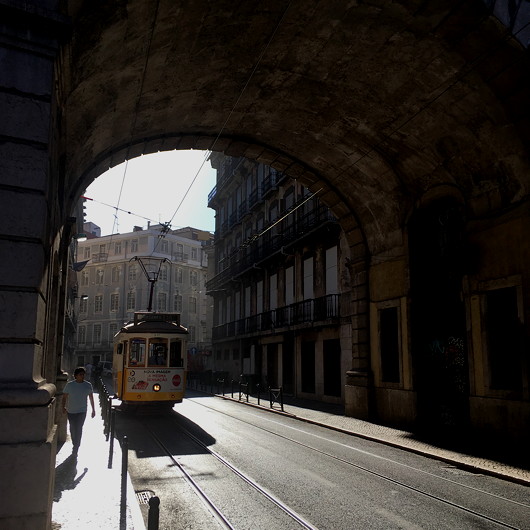
One of the finest cities I have had the privilege of visiting, only lightly touched by the grim hand of modernism.
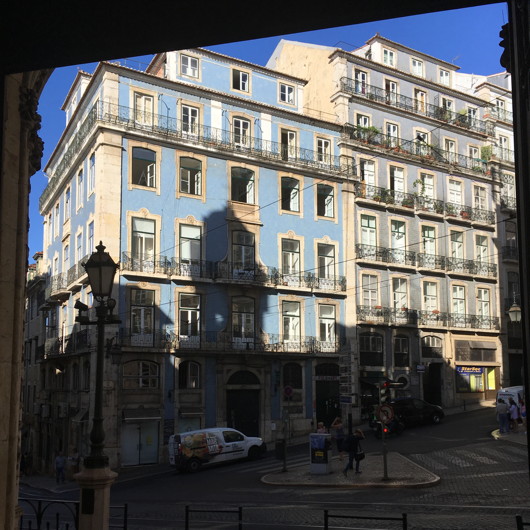
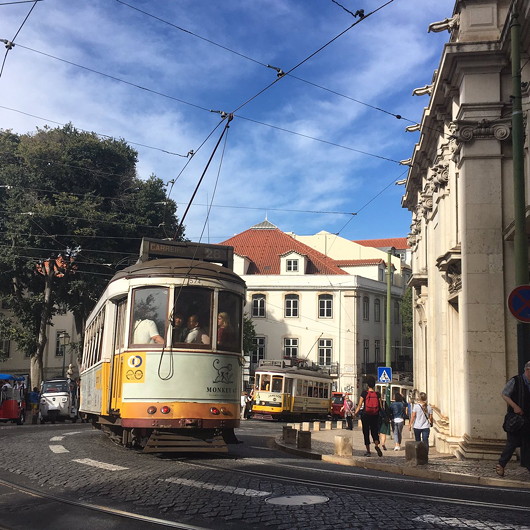
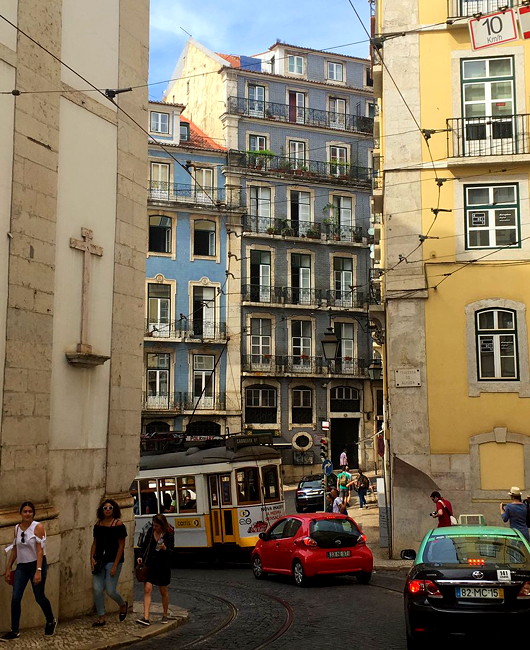
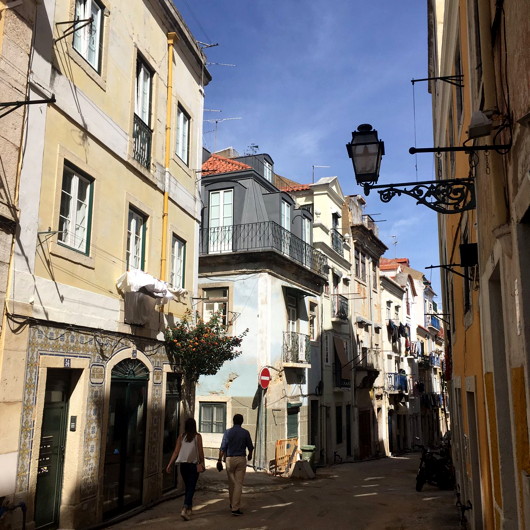
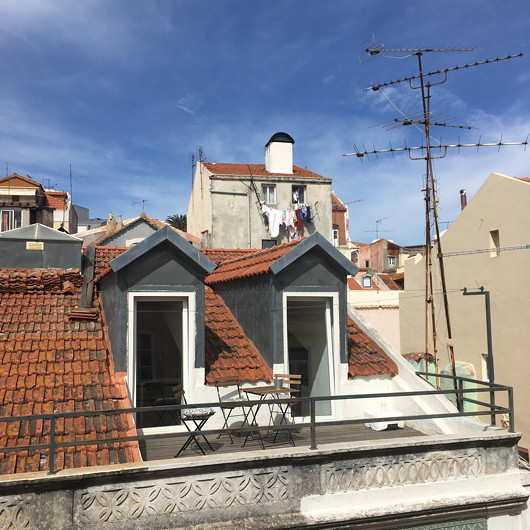
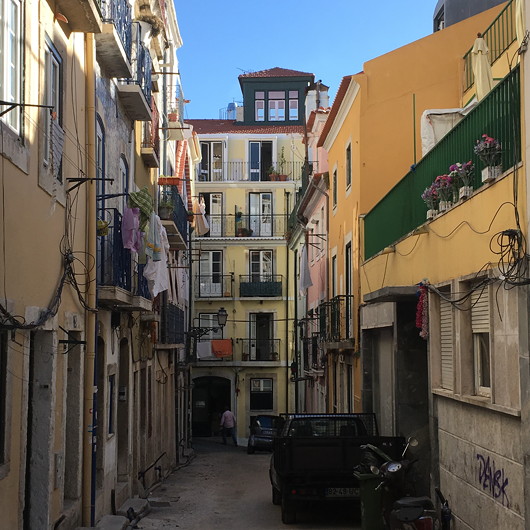
A.D. MMXVI
All in all, a rather amusing year I thought. In 2015 there were a lot of jaunts to the continent, but 2016 — in true Brexit fashion — was the year of the domestic excursion (or ‘staycation’ if you’re a modern person). I also, through great cunning, managed to get to the theatre fairly often and even a jaunt or two to the opera.
Here are a few photos from the twelve months just past us, in no particular order. (more…)
Desk

My old desk when I was working at The New Criterion in New York.
The bottle of Pimm’s — a gift from “Mr & Mrs Peperium” — was, alas, knocked over and broken by the cleaner.
Two Girls on a Tandem
Rose and Molly are two of my favourite people in the entire universe, and when they announced they were racing a tandem across the Cape Peninsula to raise money for the men’s charity Movember, how could one fail to get behind such an effort?
Movember is the charity that raises money for and awareness of men’s cancer (prostate, testicular, etc.), poor mental health, and physical inactivity amongst men. It turns out Molly happened to meet one of the global charity’s founders in a brewery not too long ago and was inspired to help out. Movember is most well known for encouraging men to grow a moustache and raise money during the month of November, but for obvious reasons this option is denied to Rose and Molly. And so instead they will be competing — on a tandem! — in the 2016 Cape Town Cycle Tour next month.
The girls have a blog going to publicise their training and efforts, as well as a JustGiving page to raise money, but they decided to throw a ‘Big Movember Lunch’ yesterday to raise extra dosh for the cause. This caused particular salivation in Cusackian quarters as both of them happen to be excellent cooks of the highest order, skills which draw many to their amusing parties in easterly bits of London.
So yesterday we satiated our voracious hunger at Movember’s UK headquarters in Exmouth Market where Molly and Rose treated us to culinary treats beyond one’s dreams — and Mark from Movember explained a little about the good work the charity does and how it’s expanded in recent years. The good cause and delicious food were only added to by the superb company Molly and Rose had assembled. If you have a shekel to spare, send them some love.
Canapés
Tostadas with Guacamole and Black Beans and chorizo
Dill Scones with Smoked Salmon and Horseradish
Stilton and Pickled Pear Puffs
Mini Meatballs with Mango dip
Beetroot and Goats Cheese Tartlets
Starter
Gammon and Mustard Terrine on Sourdough or Rye Bread
Main Course
Slow Cooked Chicken and Mushroom stew, Pomegranate and Quinoa Salad, Roasted Butternut Squash and Sweet Potato and Tzatziki on Beetroot and Buckwheat Pancakes
Pudding
Rose and Pistachio Cheesecake
Petits Fours and Coffee
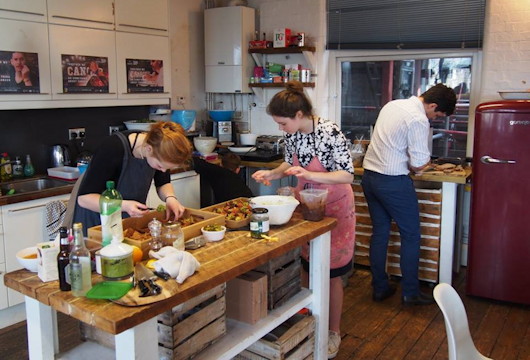



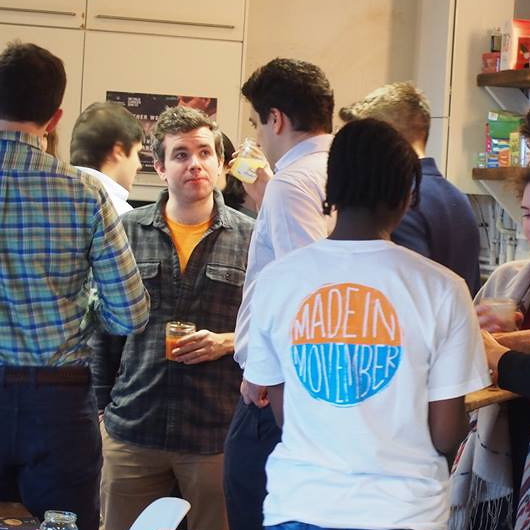

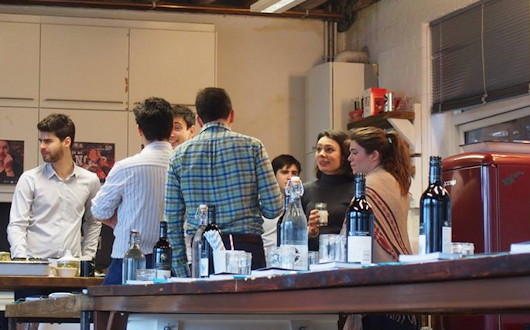
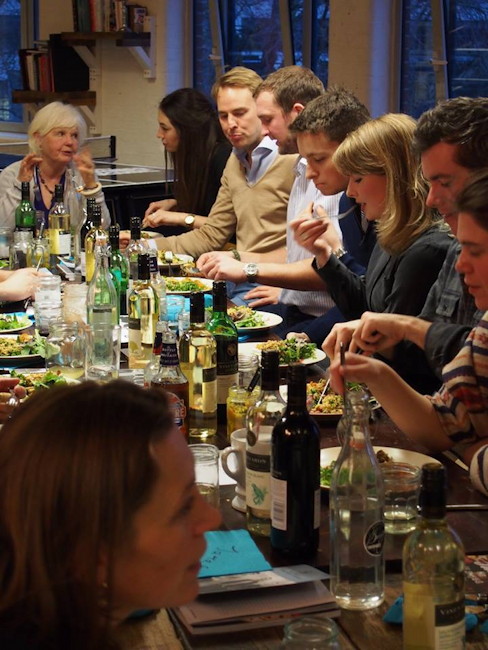
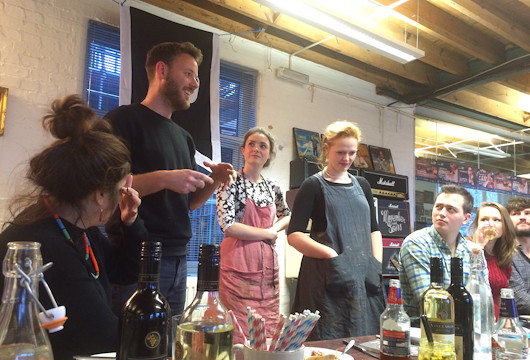
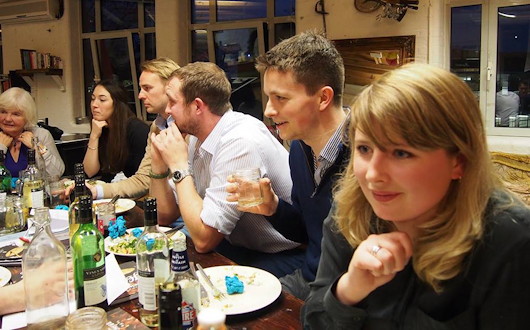
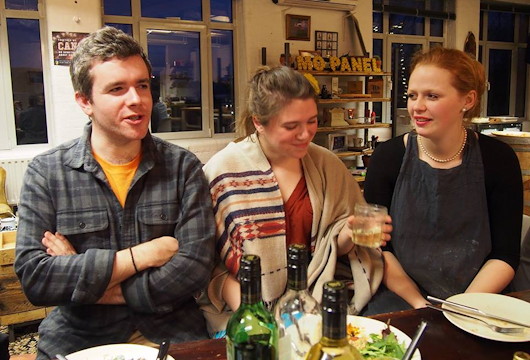
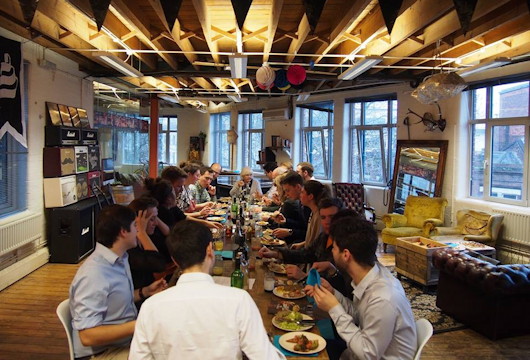
Caledonian Expedition
Sun, sand, champagne, Scotland: there’s not much more you could ever want, but to have an alignment of these four in the month of October is rare. It had been quite some time since the Cusackian feet had last graced the cobbles of the beloved ‘auld grey toun’ – the Royal Burgh of St Andrews – but a friend got in touch on a Monday morning with the provocative text “Scotland Friday?” I couldn’t resist. (more…)
April to September
Between the vernal equinox and its autumnal confrère tomorrow there has been perhaps an excess of fevered activity. Aside from the usual time in London, I have been in Amsterdam, the Wolds of Lincolnshire, the Essex seaside, the Pyrenees, Kent, Paris (much scrubbed up since my last stay), Chartres, Oxford, Hertfordshire, Buckinghamshire, Lebanon, Midlothian, Connacht, and Norfolk. And before Christmas I should have two trips to Rome.
Regardless, here are just a few photos from the past six months, arranged in roughly chronological order and lightly explained, in order to keep you up to speed. (more…)
Late Summer, Early Autumn
Into the Qadisha Valley
THE HOLY VALLEY cuts down like a gash in the earth, with the cathedral city of Bcharré on the clifftop, almost hanging off of it. One almost wonders if you started building at the other end of the town, it might force St Seba’s Cathedral off over into the deep beyond. There is something almost Lord of the Rings about the setting, a Levantine Minas Tirith, if only Tolkein had been a Maronite.
The Qadisha Valley (Ouadi Qadisha, وادي قاديشا, literally the “Holy Valley”) takes its name from the Aramaic word for saintly and for over a millennium its natural caves have provided shelter for hermits seeking solitude as well as others seeking refuge and safety. Evidence of human habitation dates back to the Paleolithic era, and the Qannubin Monastery here is said to have been founded by the Emperor Theodosius the Great in the fourth century. While this is the holiest ground of the Maronite Catholics, hermits living in these caves and in these monasteries have been Melchite, Nestorian, Armenian, Syrian Orthodox, and Ethiopian. When the Monastery of St Maron was sacked by Antiochene Monophysites, many monks fled to the Qadisha Valley, strengthening the presence of this Eastern church which has always remained in communion with Rome. For over five hundred years, the Maronite patriarch made Deir Qannubin his seat. (Since 1830 the Patriarchate has been based at Bkerké above the pleasant Mediterranean city of Jounieh). (more…)
The Roman Corner
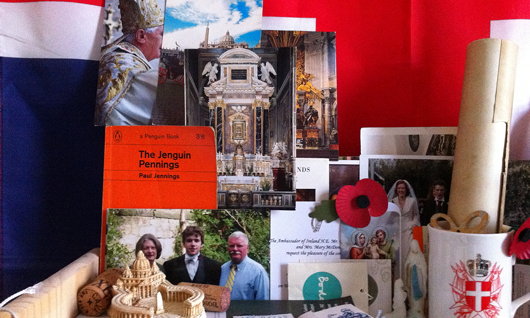
Friends are continually sending me postcards from Rome, such that they have gradually accumulated in a pile in my room. An English friend sent me one, and then an Irish friend saw it while visiting and, doubtless moved by the spirit of one-up-manship, sent one himself, whereupon the first friend sent another, to be followed by the most recent one (which arrived today) of the Chiesa di S. Agostino in the Campo Marzio. A miniature St Peter’s Basilica was recently added to the mix as well.
Vienna Views
My written views of the city you will have to wait for (presuming they ever see the light of day), but here are a few photographic impressions from my jaunt to the Kaiserliche Hauptstadt. (more…)
The Ever Useful Haggis

Culinary skills are not prominent among my varied talents, though I was pleased that the guests at the last dinner party I held in my riparian West London abode received the evening rather well. (If the food was only so-so at least the thought behind the choice and mixture of guests was appreciated). In my limited (but slowly expanding) experience, I have found haggis a rather useful addition to the repertoire.
T’other day I cooked a haggis for supper, alongside some chips and peas — an unjustly neglected vegetable I can’t help but feel. (Boring old botanists insist the pea is actually a fruit, but never you mind). Unfortunately I lacked a suitable gravy or sauce, so had to make do with ketchup and mayonnaise (plus a dash of HP).
But what to do with the leftover haggis the next day? I tried spreading it on oatcakes but that was far too dry — oatcakes must be reserved for pâté, it seems. So instead I crumbled bits of haggis into a pot of tomato sauce, dobbed it with oregano, some mixed herbs, sea salt, and freshly crushed peppercorns, and enjoyed a surprisingly delicious meal which I’ve decided must be christened linguine alla scozzese.
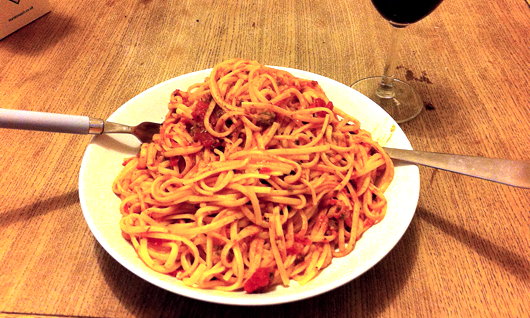
London Lately
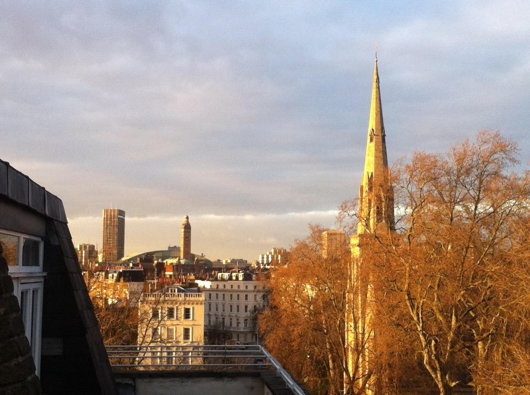
From a Pimlico rooftop, Friday afternoon.
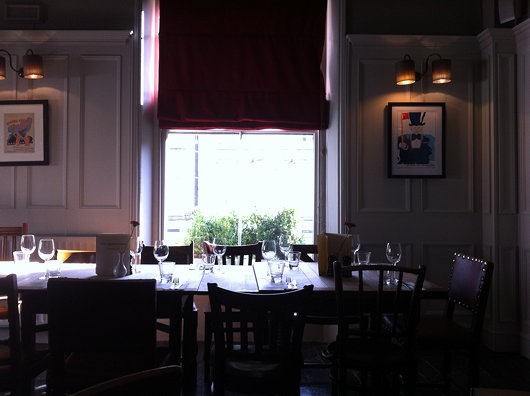
At lunch, Friday.
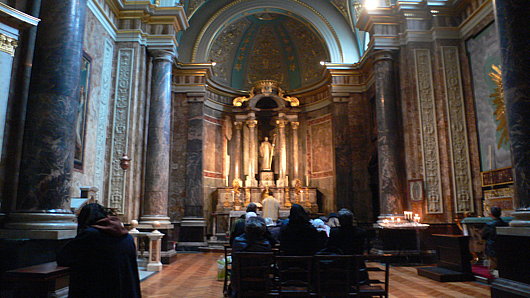
A Saturday Mass in St Wilfrid’s Chapel, the Oratory.
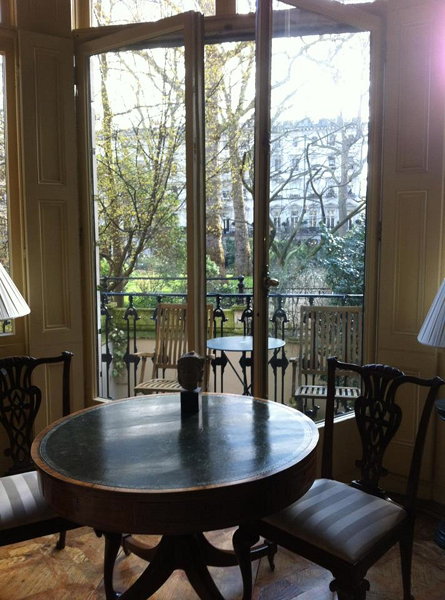
A surprisingly sunny afternoon, yesterday in Ennismore Gardens.
A Rainy Day in Winchester
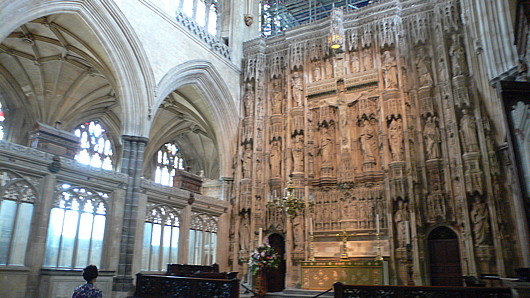
IT WAS LATE summer, neither particularly warm nor cold, and a bit rainy. I hadn’t seen Nicholas in a while but he wasn’t particularly keen on travelling into London. “Why not meet in Winchester?” he suggested, and, never having been to England’s former capital, I thought it was a good idea. I popped on the tube to Waterloo, got on a train, and in no time at all was in the county town of Hampshire. It’s a humanely size town, admirably located, and most famous for its medieval cathedral.
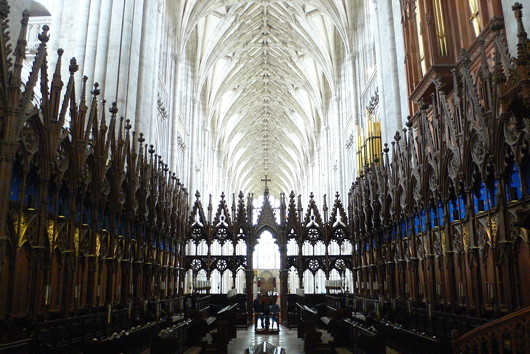
The thieving Protestants, not content with stealing all the cathedrals we built throughout the width and breadth of the land, highten the insult by charging admission to these former shrines and places of worship. I had arranged to meet Nicholas in the Cathedral, though, and the blighters got a good £6.50 out of me. I had a good wander round, though.

These mortuary chests contain the remains of the Saxon royalty of the kingdom of Wessex and later England.
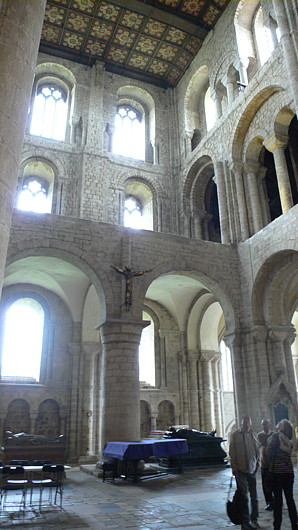
Norman architecture is woefully underappreciated, and might form a useful style to return to today given its relative simplicity. So much Norman architecture was destroyed and replaced by Gothic during later periods of medieval prosperity, but at Winchester the Norman transepts remain.
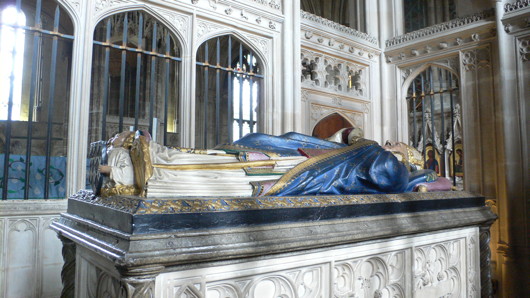
William of Waynflete, buried here, was a high-flyer in his day. He was, varyingly, Bishop of Winchester, Headmaster of Winchester College, Provost of Eton, Lord Chancellor of England, and founded Magdalen College, Oxford. Not a bad innings.
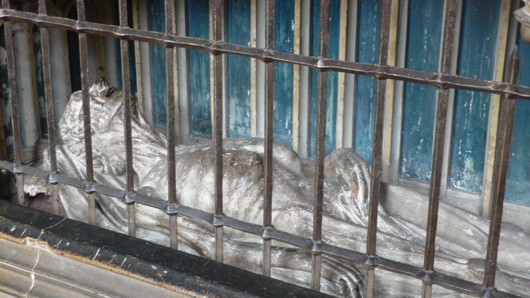
Richard Foxe chose a more macabre memorial, but enjoyed similar success in this world: he was Bishop of Exeter, then of Bath & Wells, then of Durham, and finally of Winchester. He was Lord Privy Seal and founded Corpus Christi College at Oxford. Foxe and Erasmus sometimes wrote to eachother, and his elaborate crozier is on display at the Ashmolean.
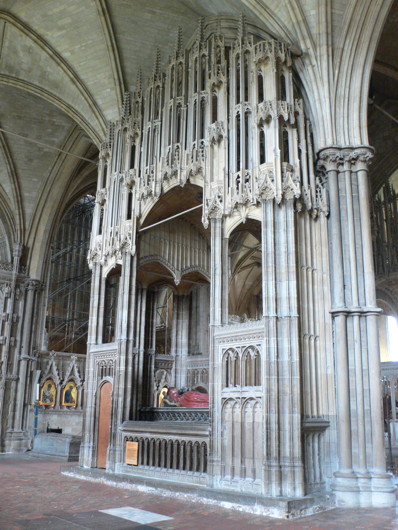
The tomb of Henry Cardinal Beaufort is my favourite memorial in the cathedral. Beaufort — a Plantagenet — was Dean of Wells, Chancellor of the University of Oxford, Bishop of Lincoln, Lord Chancellor of England, and finally Cardinal Bishop of Winchester. He was a sometime papal legate for Germany, Hungary, and Bohemia, and most famously presided over the trial of St Joan of Arc.
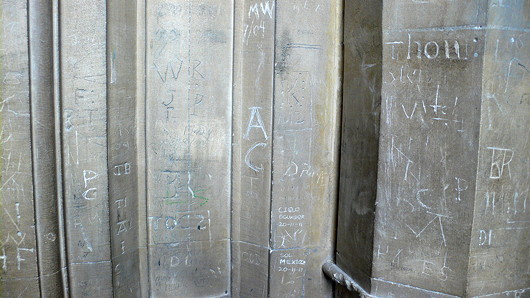
One of the walls was inscribed with graffiti.
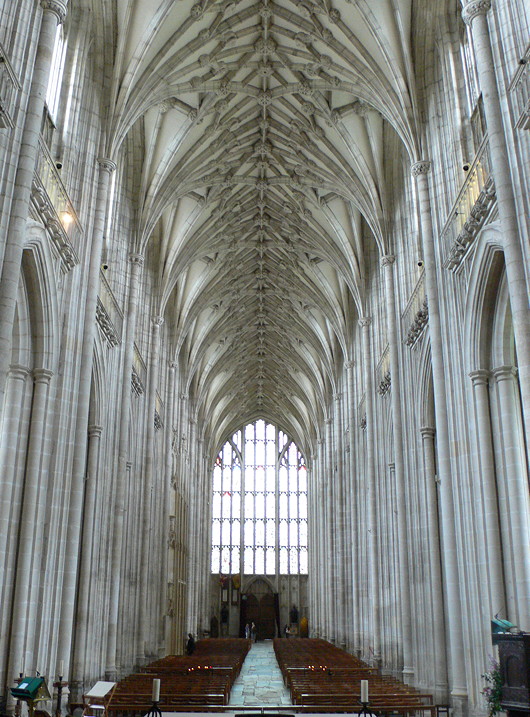
The cathedral is also the final resting place for the earthly remains of Hampshire native Jane Austen, but nevermind that.
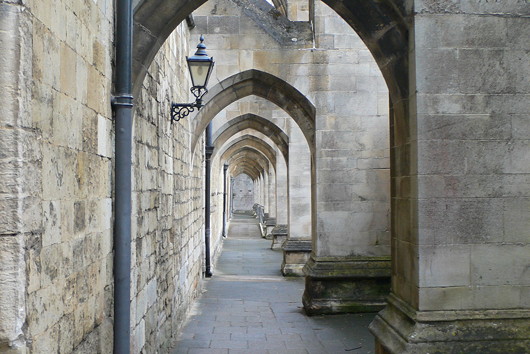
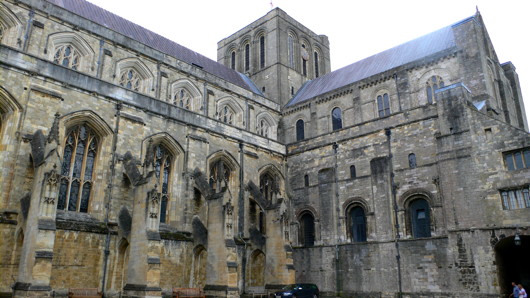
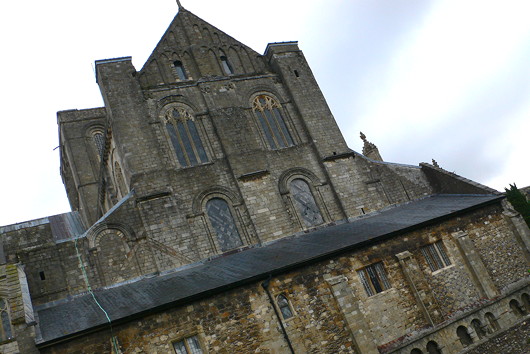
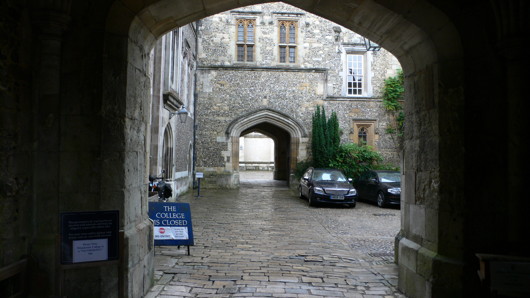
Tours of the College were available, but we decided to leave it for another visit, and went on a wander in the direction of the Hospital of St Cross.
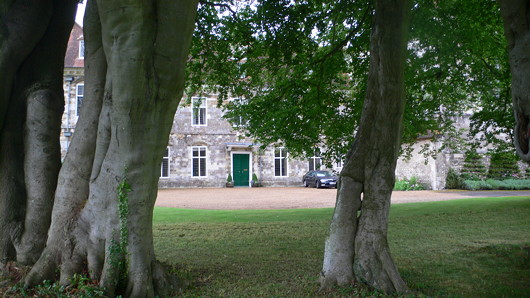
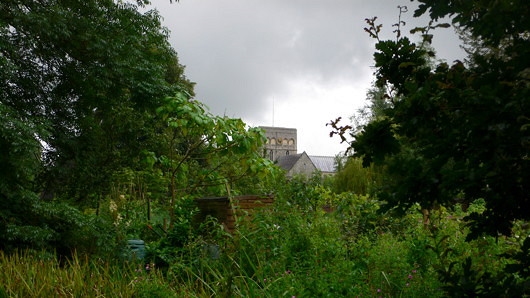
The Hospital of St Cross and Almshouse of Noble Poverty is the oldest charitable institution in England and the largest medieval almshouse. The church could be a small cathedral in and of itself, but as we arrived an interment was taking place, so we thought it best that it, too, was left for another day.
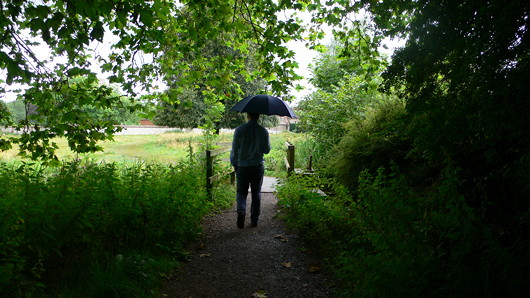
Ten Random Photos of 2012
In roughly chronological order
Such has been the massive exodus from Facebook that I am forced to return to my previous practice of sharing random photographs via this platform. I suppose it’s just as well, as it will assure relatives in other places that I am actually alive. Keen observers will note that there are, in fact, more than ten photos, but nevermind. Apologies for the lack of explanation and the occasional in-joke (that’s in-joke… with a ‘Y’).
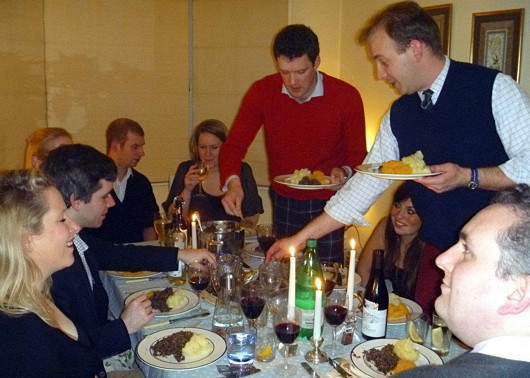
Burns Supper, Fulham.
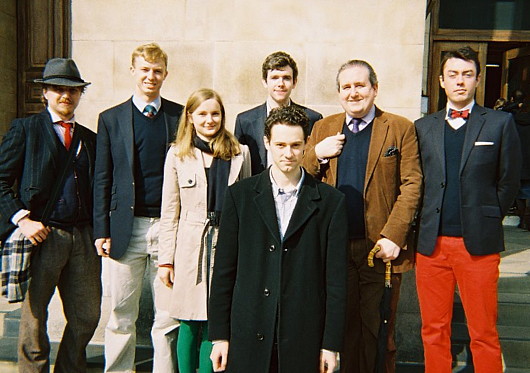
Reunion of Scottish University Students, outside the Brompton Oratory.
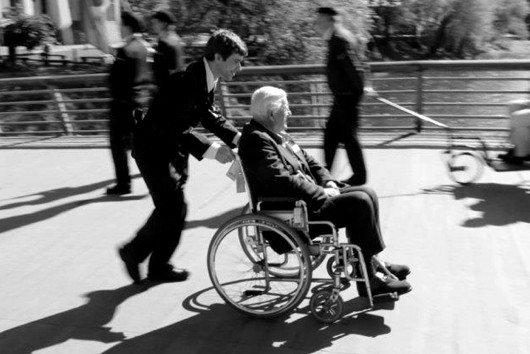
Me and Johnny at Lourdes.
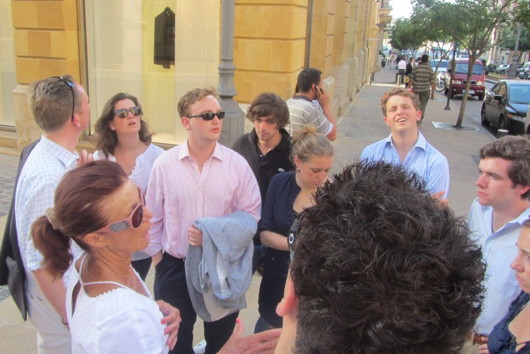
Downtown Beirut.

Nightclub, Beirut.
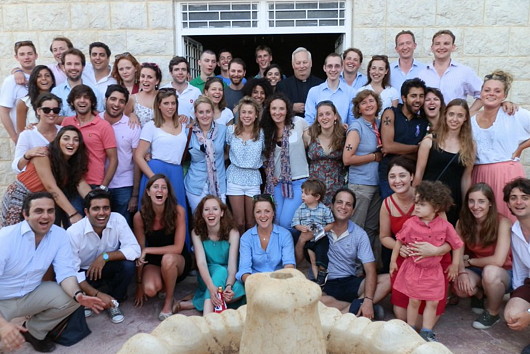
Party chez Jabre in the Lebanese mountains.
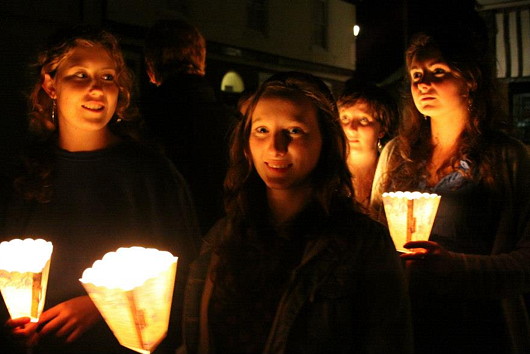
Marian procession, Malta pilgrimage, Walsingham. (Photo: Stephanie Kalber)
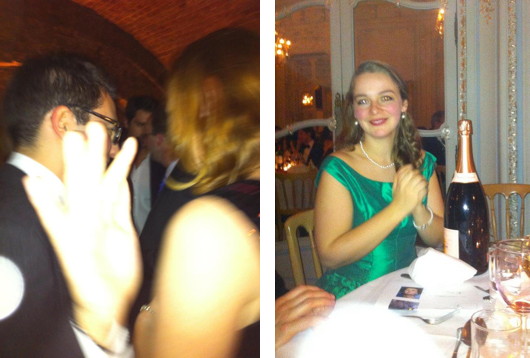
Autumn Drinks afterparty (disaster!) & Chabrouh fundraiser the next night.
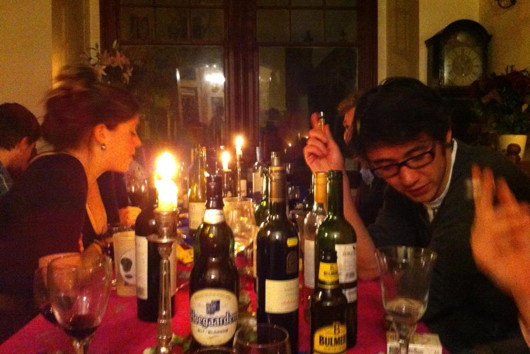
Anastasia’s birthday.

A midwinter night’s run-into on the KR.
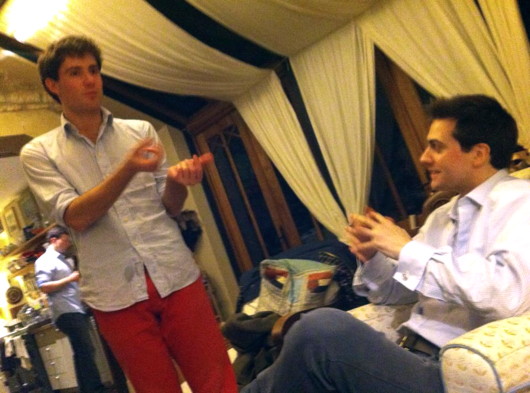
Yuletide, the West Country (…with a ‘Y’).
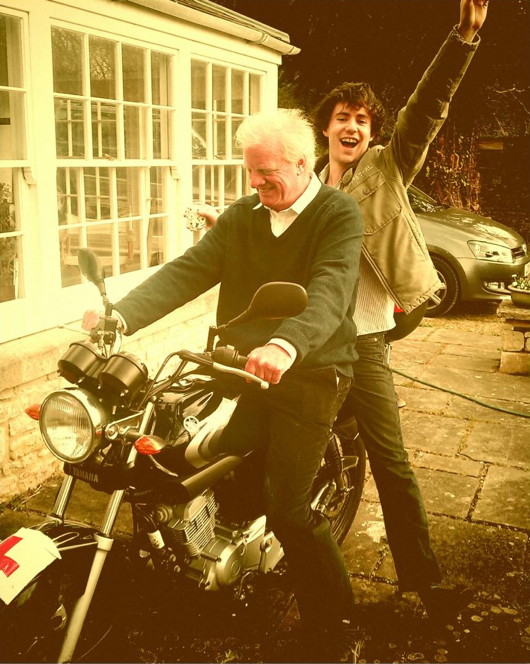
The Photo of 2012: Don Finiano convinces our favourite Member of Parliament to try out his new motorbike.
Tradtastic Hertfordshire
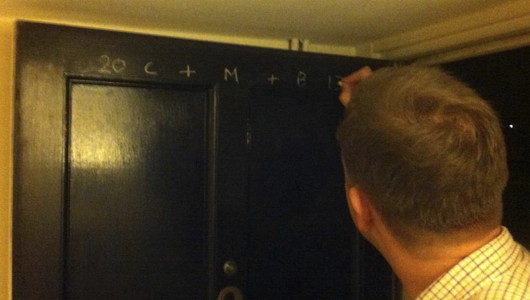
The bishops of England & Wales cunningly arranged for the Feast of the Epiphany to fall on the actual Epiphany this year. We had a great big festive lunch at our favourite little Italian place in South Ken, but the night before I went out to Hertfordshire, where I witnessed the tradition of a door being CMB’d with holy chalk for the new year (above).
Those unaware of this tradition can read a bit more here. The C+M+B stands both for Christus mansionem benedicat (“Christ bless this house”) and the names of the Three Magi: Caspar, Melchior, and Balthasar.
Search
Instagram: @andcusack
Click here for my Instagram photos.Most Recent Posts
- Sag Harbor Cinema March 26, 2025
- Teutonic Takeover March 10, 2025
- Katalin Bánffy-Jelen, R.I.P. March 3, 2025
- Substack Cusackiensis March 3, 2025
- In the Courts of the Lord February 13, 2025
Most Recent Comments
Book Wishlist
Monthly Archives
Categories

